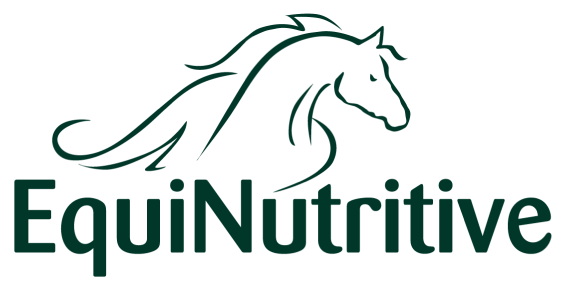What is Atypical Myopathy
Atypical Myopathy otherwise known as sycamore poisoning is an extremely dangerous and often fatal condition caused by the ingestion of sycamore seeds (commonly known as ‘helicopters’). Sycamore seeds contain Hypoglycin A, a toxin which effects the muscular system. Hypoglycin A is extremely potent and only a small amount if ingested can be fatal. Consuming as little as 20 grams of sycamore (20-30) seeds is enough to kill a 600kg horse. Atypical Myopathy can affect any horse however research shows that younger horses and ponies are more susceptible to the condition.
The Hypoglycin A content of sycamores will vary between plants and not all sycamore plants will contain the toxin. For a small fee, some laboratories will offer testing to help establish levels of the toxin in specific plants.
Cases of Atypical Myopathy tend to surge in the Autumn months as this is when trees will lose their leaves. However studies have shown that there can also be a surge of cases in the spring when leaves are in their seedling phase and often harder to distinguish.
Symptoms of Atypical Myopathy
- Stiff and weakened muscles - horses may be unable to walk or stand
- Muscle tremors
- Unable to swallow food (dysphagia)
- Choking
- Increased and irregular heart beat
- Breathing difficulties
- Lethargy
- Colic
- Dark reddish or brown coloured urine as a result of the body attempting to expel broken down myoglobin - the protein that provides muscle pigmentation.
Diagnosis
A diagnosis of Atypical Myopathy can usually be made on the basis and presentation of clinical signs. A vet may want to confirm a diagnosis through the use of blood tests, urine samples and/or muscle fibre biopsies.
The majority of Atypical Myopathy cases are fatal with very few horses making a full recovery. As there is no anti-toxin for Hypoglycin A currently available, treatment for Atypical Myopathy often involves admission to a veterinary hospital for intensive around the clock care where non-steroid anti-inflammatory drugs and intravenous fluids will be administered to help manage symptoms and prevent dehydration. Diagnosing and treating the condition early increases the likelihood of survival. For horses who survive, a full recovery from atypical myopathy can take several months. Many horses who have been affected by atypical myopathy may suffer from long term cardiac impairment due to damage of the myocardium, this means horses may never be able to return to a full work load.
How to prevent Atypical Myopathy
There are a number of preventative measures that owners can take to help prevent the occurrence of Atypical Myopathy, these include:
Ensuring that adequate grazing is always available. As a minimum horses should consume 1.5% off their body weight in forage daily on a dry matter basis. Grass nutrient levels tend to peak during the spring and summer months and will dramatically drop in the Autumn and Winter months. When grass nutrient levels are low we suggest owners consider feeding supplementary forage and reduce stocking densities in pastures. Horses who are hungry are more likely to consume noxious plants as a means of satisfying their appetites.
If grazing on land which has sycamore trees, it is recommended that these are fenced off to ensure horses do not have direct access to them. Paddocks should be inspected daily and all sycamore seeds and saplings should be removed and disposed off. If over a large surface area a field vacuum or paddock cleaner may be the means of removal. Sycamore seeds can be dispersed further in windy conditions, it is a sensible idea to regularly check pastures and water sources for any traces of sycamore even if you do not necessary have a tree present.

